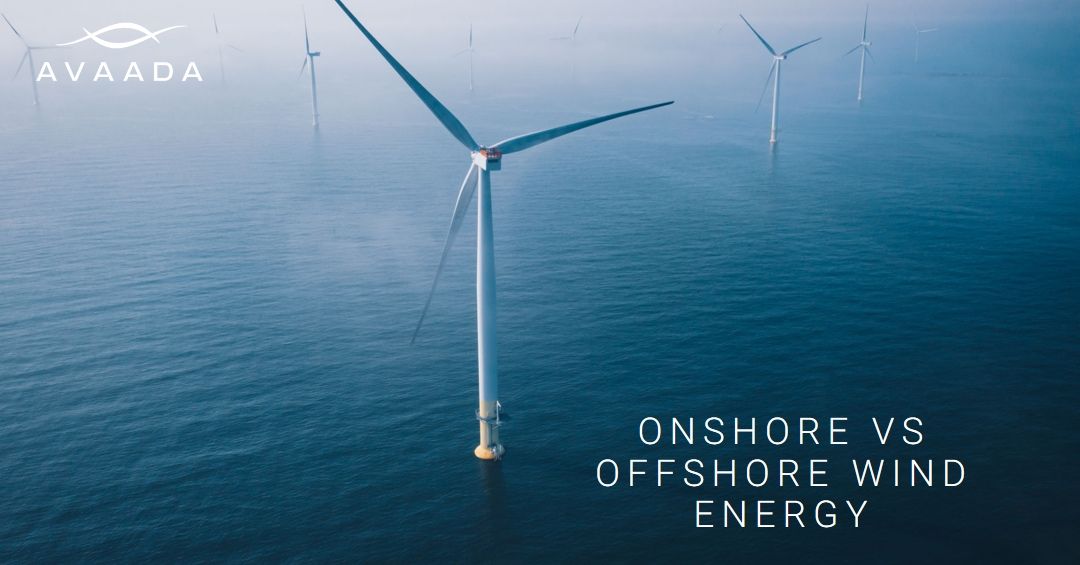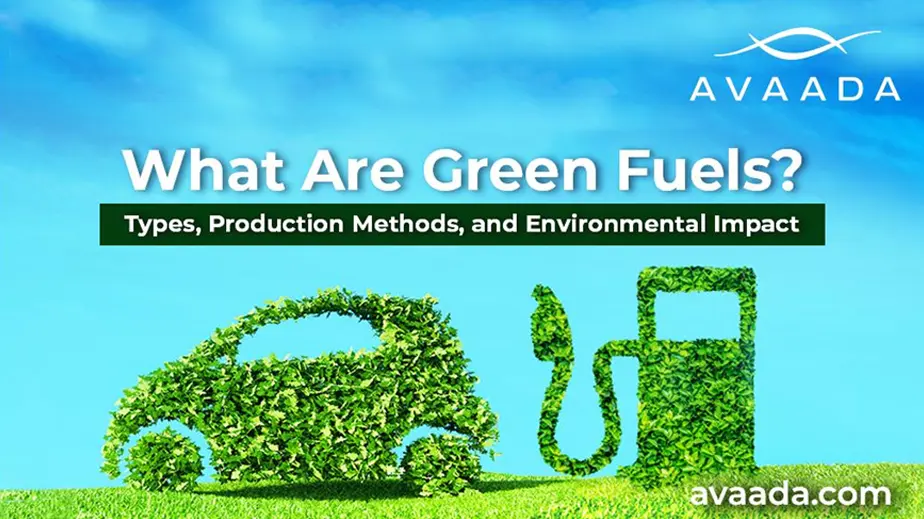Wind energy plays a key role in the global transition to renewable energy. As technology advances, both offshore and onshore wind energy systems have become more efficient and widespread. However, each comes with unique advantages and challenges. Understanding the key differences between offshore and onshore wind energy solutions can help people make smart choices about using and improving these technologies down the road.
How Does Wind Power Work?
Wind power is generated by converting the kinetic energy of wind into electrical energy using wind turbines. The basic process involves:
- Wind Turbines: Large blades attached to a rotor capture wind energy.
- Rotor Movement: The wind turns the blades, which spins the rotor.
- Generator: The rotor is connected to a generator, where the mechanical energy is converted into electrical energy.
- Transmission: The generated electricity is transmitted through power lines to homes, businesses, and other users.
What’s Onshore Wind Energy?
Onshore wind is wind turbines placed on land. The turbines are positioned—normally in very isolated locations, or sometimes in very distant areas—where the wind conditions are very favorable. Onshore wind farms are easier to construct and maintain compared to their offshore wind energy.
The Pros. of Onshore Wind Farms:
- Lower Costs: Onshore wind farms have lower installation and maintenance costs.
- Accessibility: Easier access to turbines for repairs and upgrades.
- Economic Benefits: Provides jobs, lease payments to landowners, and tax revenues for local communities.
- Developed Technology: Onshore wind technology is well-established, leading to efficient and reliable energy production.
What’s Offshore Wind Energy?
Offshore wind energy involves installing wind turbines in bodies of water, usually on the continental shelf. Offshore wind farms benefit from higher and more consistent wind speeds found at sea, leading to potentially higher energy production.
The Pros. of Offshore Wind Farms
- Higher Wind Speeds: Offshore locations generally have stronger and more consistent winds.
- Less Visual Impact: Located far from populated areas, reducing visual and noise concerns.
- Larger Turbines: Potential for larger turbines due to fewer space constraints.
- Higher Capacity Factors: Offshore turbines often operate at higher capacity factors, making them more efficient.
Similarities Between Offshore and Onshore Wind Power
- Renewable Energy Source: Both types use wind to generate electricity without releasing harmful gases into the atmosphere..
- Technological Principles: The fundamental technology of wind turbines is similar for both onshore and offshore wind farms.
- Grid Integration: Both types of wind farms contribute to the overall electricity grid, providing clean energy solution.
- Environmental Impact Considerations: Both onshore and offshore wind farms need to address environmental impacts, such as effects on wildlife and ecosystems.
Similarities Between Offshore and Onshore Wind Power
- Renewable Energy Source: Both types use wind to generate electricity without releasing harmful gases into the atmosphere..
- Technological Principles: The fundamental technology of wind turbines is similar for both onshore and offshore wind farms.
- Grid Integration: Both types of wind farms contribute to the overall electricity grid, providing clean energy solution.
- Environmental Impact Considerations: Both onshore and offshore wind farms need to address environmental impacts, such as effects on wildlife and ecosystems.
For more insights, see our blog on 10 Interesting Facts About Wind Energy Farms.
Differences Between Offshore and Onshore Wind Power
Location and Installation:
- Onshore: Installed on land; easier and less expensive to construct and maintain.
- Offshore: Installed in bodies of water; more complex and costly to build and maintain.
Energy Production:
- Onshore: Lower capacity factors due to more variable wind conditions.
- Offshore: Higher capacity factors due to stronger and more consistent winds.
Environmental Impact:
- Onshore: Impacts local wildlife, noise, and visual concerns.
- Offshore: Impacts marine ecosystems, but minimal visual and noise impact on human populations.
Economic Impact:
- Onshore: Benefits rural economies through job creation and land leases.
- Offshore: Benefits coastal economies and supports related industries.
The Future of Wind Energy and Avaada's Role
The future of wind energy looks promising with advancements in technology and growing investments. Innovations such as floating wind turbines for deeper waters and more efficient turbine designs are expected to further enhance the viability and efficiency of both onshore and offshore wind farms. As countries aim to reduce their carbon footprints, the role of wind energy will likely continue to expand, contributing significantly to global renewable energy targets.
How Avaada is a Solution
Avaada is a leading renewable energy company that has made significant strides in both solar and wind energy sectors. Here’s how Avaada contributes to the wind energy landscape:
- Expertise in Renewable Energy: Avaada leverages extensive experience in renewable energy to develop and implement both onshore and offshore wind energy projects. For example, Avaada is developing a 6 GW hybrid wind-solar project in Gujarat, India, which is expected to generate 17.5 billion units of green electricity per year.
- Technological Innovation: Avaada invests in cutting-edge technology to enhance the efficiency and reliability of wind energy systems. This includes advancements in turbine design, energy storage, and grid integration. Recently, Avaada won a 100 MW inter-state transmission system-connected wind power project, showcasing capability in high-tech wind solutions.
- Sustainable Development: Avaada’s commitment to sustainability ensures that wind energy projects are designed and executed with minimal environmental impact. Projects in Gujarat are located in underdeveloped wastelands, minimizing the ecological footprint while producing significant amounts of renewable energy.
- Economic Benefits: By developing wind energy projects, Avaada creates jobs and stimulates economic growth in local communities. The 6 GW hybrid project in Gujarat alone is expected to generate around 1,200 direct and indirect jobs .
- Customized Solutions: Avaada offers tailored wind energy solutions to meet the specific needs of clients. Whether it’s a large-scale offshore wind farm or a smaller onshore project, Avaada designs and implements projects that maximize energy production and efficiency. Projects span from large hybrid solar-wind farms to specialized renewable energy setups tailored to client needs.
- Global Impact: With a strong presence in India and an expanding international footprint, Avaada is contributing to the global effort to increase the share of renewable energy. Wind energy projects play a crucial role in reducing greenhouse gas emissions and promoting energy sustainability worldwide.
By understanding the key differences between offshore and onshore wind energy and leveraging Avaada’s expertise, stakeholders can make informed decisions that align with their environmental, economic, and energy production goals. Avaada’s innovative solutions and commitment to sustainability make them a key player in the future of wind energy, helping to drive the transition to a cleaner and greener energy landscape.









